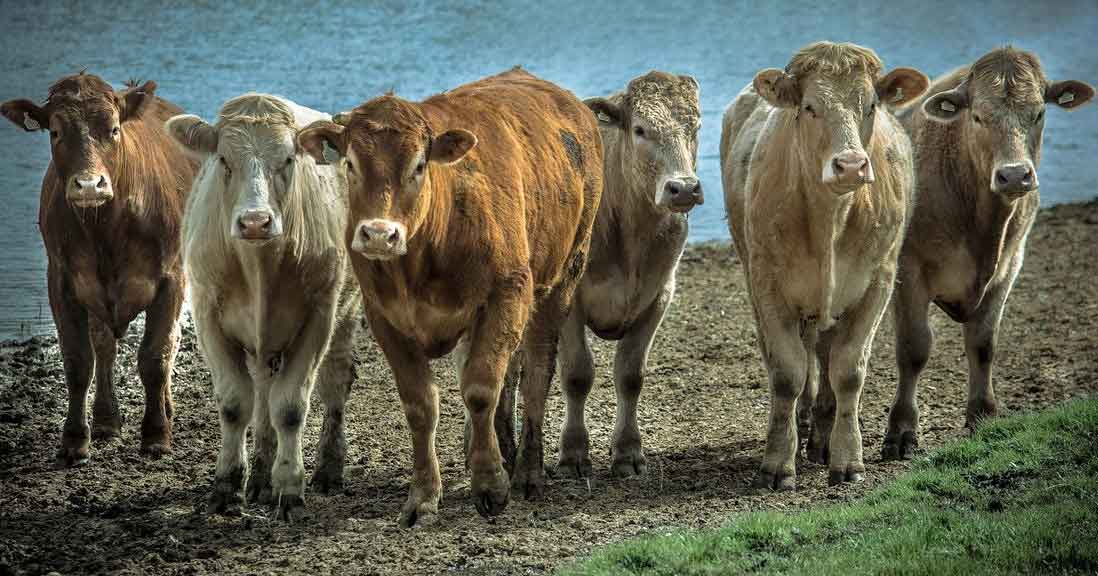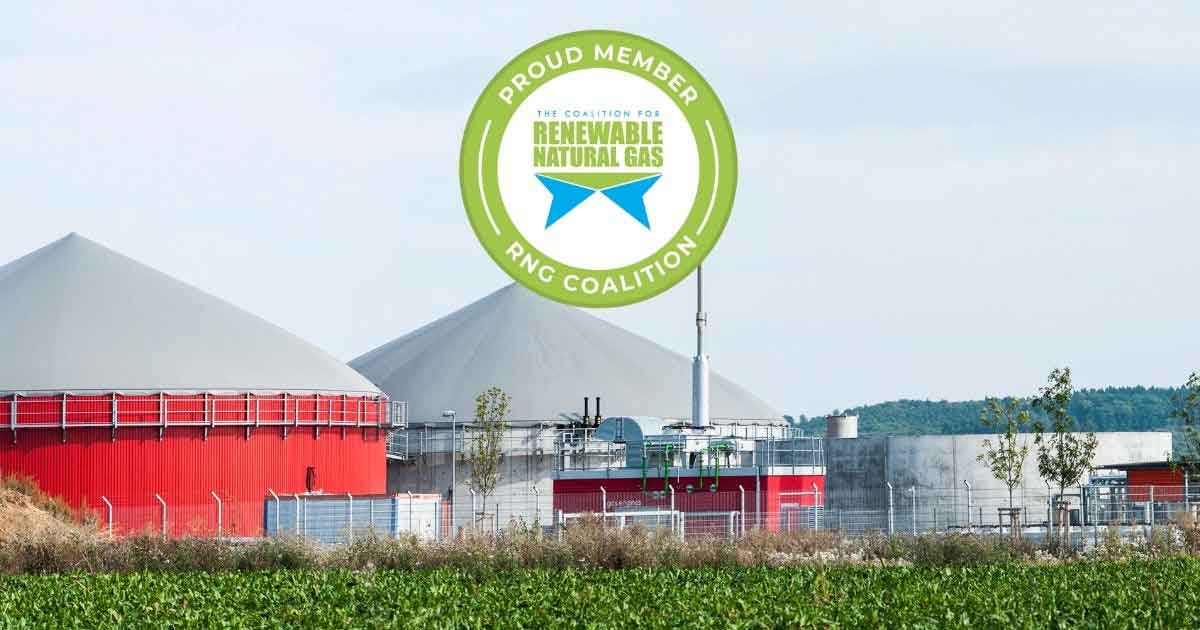Worldwide, humankind creates waste, and as it breaks down, it produces methane. Methane, while natural, is a potent and destructive greenhouse gas (GHG) contributing to global warming. Humanity currently faces a global crisis called climate change. There is no way we can candy-coat this. We all have a responsibility to do things differently. Producing renewable natural gas (RNG) from waste is a strategy to help reduce fugitive methane emissions.
What is the greenhouse gas effect?
The greenhouse gas effect is a natural warming of our planet which occurs when gases in Earth’s atmosphere trap heat from the sun, and without it, our world would be frozen and uninhabitable.
What causes global warming?

Carbon dioxide, other greenhouse gases, and pollutants collect in the atmosphere and absorb sunlight and the radiant energy emitted by the sun. The radiation would typically escape into space, but the greenhouse gases and pollutants can stay in the atmosphere for up to centuries, trapping the heat and causing the planet to get warmer. This heating is global warming which is an aspect of climate change.
What causes increased concentrations of GHG?
In less than 120 years, the human population has increased from 1.65 billion to nearly 7.9 billion in 2021. It is not a stretch to suggest that a significant global warming factor is from the increased burning of fossil fuels, farming, and the planet’s deforestation.
What are Greenhouse Gases?
Simply put, greenhouse gases (GHG) are the gases that trap heat in Earth’s atmosphere. The impact GHGs will depend on three things:
- The concentration of the gas in the atmosphere
- How long the gas will stay in the atmosphere
- How strongly they impact the atmosphere
What is the Global Warming Potential (GWP)?
The Global Warming Potential (GWP) is an index that compares the impact of different greenhouse gases. It is a measure of how much energy the emissions of 1 ton of a gas will absorb over a given time, relative to the emissions of 1 ton of carbon dioxide. Essentially the high GWP means the gas contributes more to global warming.
Greenhouse Gases |
Causes of GHG Emissions |
Global Warming Potential (GWP) |
| Carbon Dioxide (CO2) | Burning fossil fuels (coal, natural gas, and oil), solid waste, biological materials, and chemical reactions (e.g., manufacture of cement) generate CO2. While CO2 is removed from the atmosphere when absorbed by plants as part of the biological carbon cycle. | CO2 is the reference GHG; therefore, it has a GWP of 1 regardless of the period. CO2 stays in the atmosphere for a very long time, and CO2 emissions increase atmospheric concentrations of CO2 that will last thousands of years. |
| Methane (CH4) | CH4 discharges during coal, natural gas, and oil production. Additionally, in livestock and other agricultural practices, the decay of organic waste in municipal solid waste landfills causes CH4 emissions. | CH4 has a GWP ranging from 28–36 over 100 years. CH4 lasts in the atmosphere about ten years, much shorter than CO2, but CH4 absorbs much more energy than CO2. The GWP reflects the net effect of the shorter lifetime and higher energy absorption. Another factor that impacts the GWP is that most of the troposphere’s ozone derives from CH4 oxidation. |
| Nitrous Oxide (N2O) | Agricultural and industrial activities, combustion of fossil fuel and solid waste, and wastewater treatment generate nitrous oxide N2O emissions. | N2O has a GWP 265–298 times that of CO2 for a 100-year period and usually remains in the atmosphere for more than 100 years. |
| Fluorinated Gases | Various industrial applications generate fluorinated gases, which are potent synthetic greenhouse gases. Examples are hydrofluorocarbons, perfluorocarbons, sulfur hexafluoride, and nitrogen trifluoride. | Fluorinated gases are sometimes called high-GWP gases because they trap substantially more heat than CO2 for a given amount of mass. The GWPs for F-gases can be in the thousands or tens of thousands. |
Renewable Natural Gas (RNG)
There is a two-fold benefit when using renewable natural gas (RNG) or biomethane. First, we’re using a renewable energy source over fossil fuels which have limited remaining resources. Second, the capture of escaping methane emissions from landfills, wastewater, manure, and other sources prevent methane, a potent GHG, from leaking into the atmosphere.
Odorize Biogas and Biomethane
GPL Odorizers manufactures equipment that injects odor into natural gas, propane, biogas, biomethane, or renewable natural gas to make it smell. Adding odor to gas is a safety measure because it is naturally odorless yet combustible. When people smell gas, they act, whether to leave the area or troubleshoot to determine the gas source.
Odorizing gas is our business. We specialize in accurate low-flow and intermittent flow odorization, certainly typical of biogas and renewable natural gas (RNG) or biomethane odorization.
Images by from Pixabay.



very accurate and useful